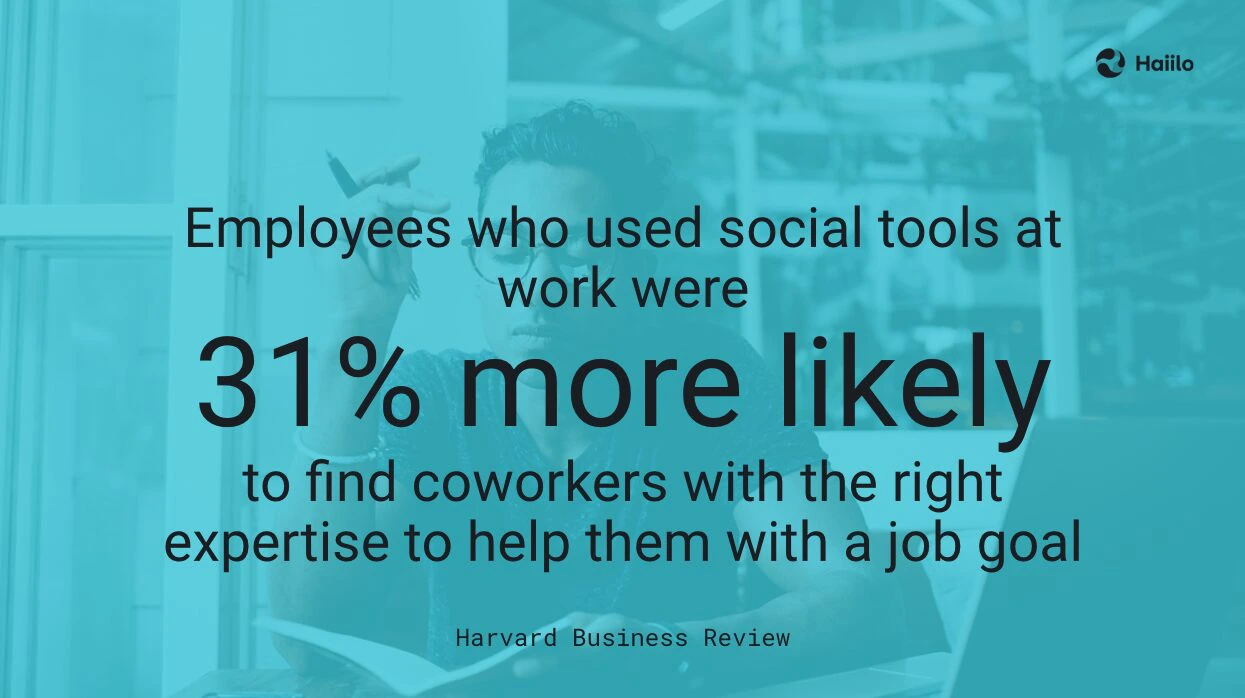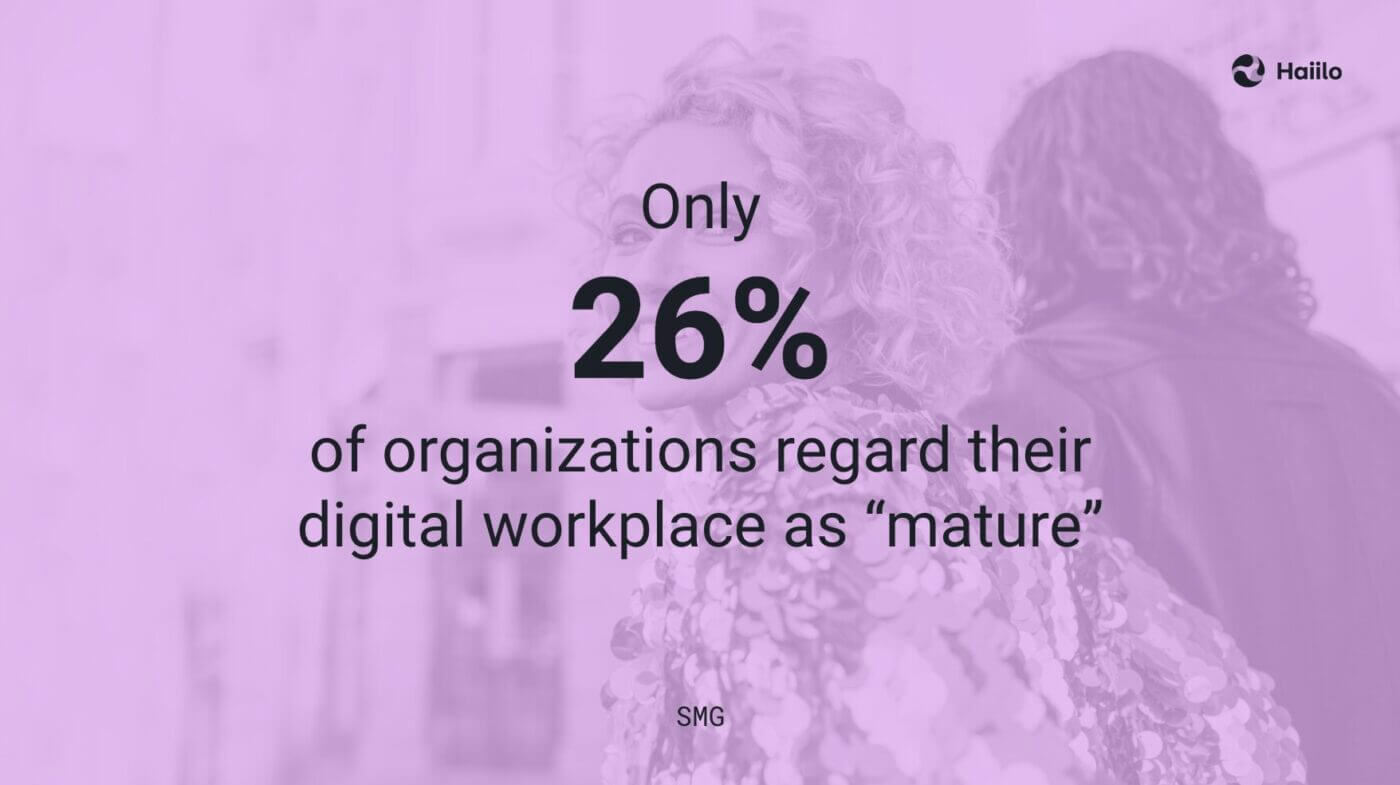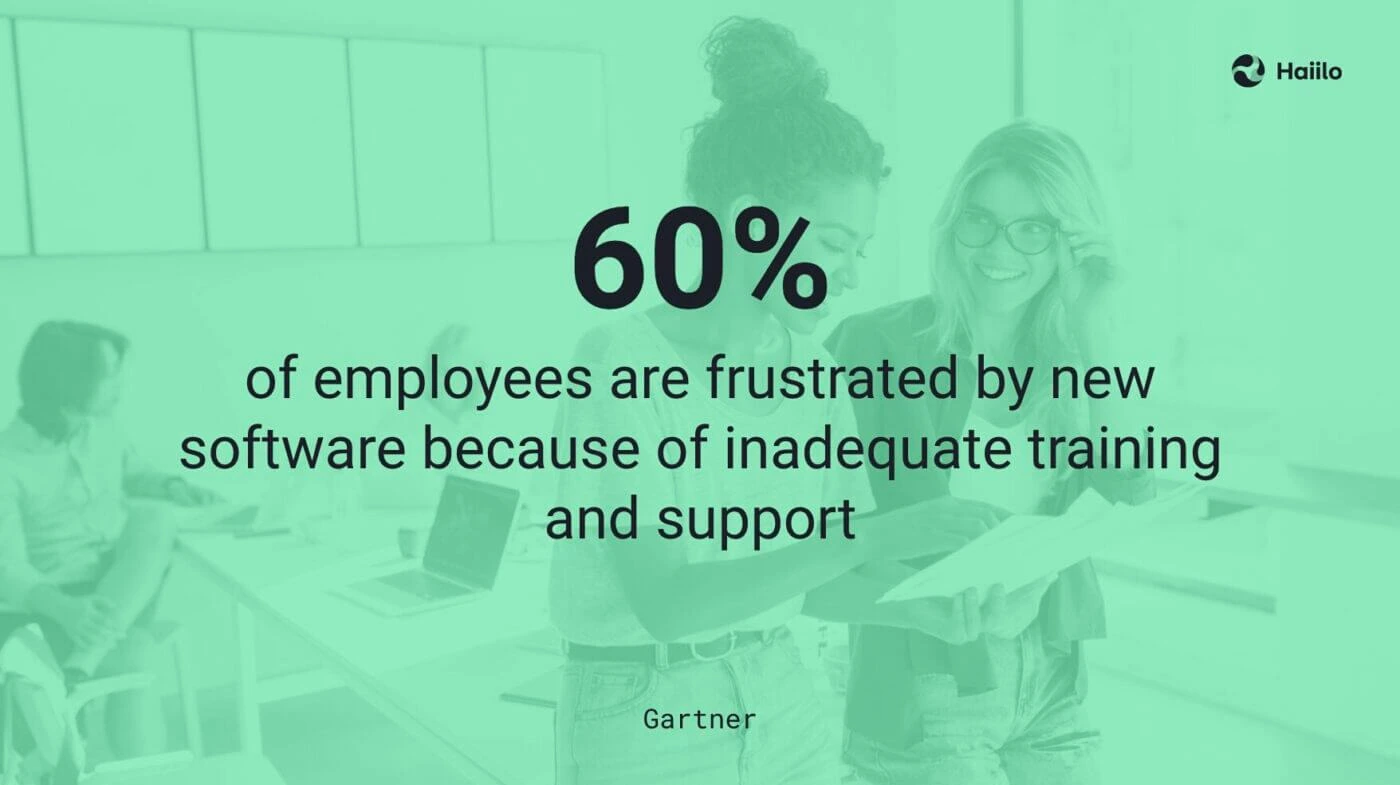As the modern world of work grows progressively complex, organizations are constantly on the lookout for new ways to improve collaboration, enhance productivity, and drive engagement. One emerging strategy that stands out is adopting a digital-first culture.
This essence of the digital-first culture is about reimagining how employees work in a digital age. Central to this transformation is the digital employee experience, which has become a cornerstone for companies looking to attract, retain, and empower top talent.
In this blog, we will dive deep into the importance of a digital-first culture, explore how it affects the employee experience, and highlight why digital transformation in the workplace is essential to thriving in the modern era.
What Is a Digital-First Culture?
A digital-first culture refers to a mindset where digital technologies are prioritized in every aspect of the organization. This approach encourages companies to leverage digital tools and platforms to streamline operations, enhance communication, and foster a more dynamic, agile work environment. It goes beyond just providing employees with digital tools; it involves embedding digital thinking in every process, strategy, and communication flow.
Digital-first workplaces aim to provide seamless and efficient experiences for both their employees and customers. This requires not only deploying the right technologies but also ensuring that employees are equipped to use these tools to their full potential.
As nicely put by Suzie Robinson, Cleabox Consultant:

The Importance of a Digital-First Culture for Modern Businesses
As the workforce becomes more dispersed and remote work continues to rise, adopting a digital-first culture is no longer optional. According to the annual State of the Digital Workplace Report from SMG, 72% regard the digital workplace as an “extremely important” or “very important” priority. Only 8% regard it as “slightly important” or “not important.”

Building and nurturing a digital-first culture is essential for several reasons:
Remote and hybrid work
A recent Gartner survey reports that in 2021, 32% of the global workforce worked remotely. That number is expected to grow as people seek more flexibility and businesses try to keep up with the competition.
With more companies embracing remote and hybrid work models, digital collaboration tools are crucial for maintaining productivity, engagement, and communication among distributed teams.
Silos and transparency
When employees adopt a digital-first approach and use the right workplace technology, they can collaborate cross-functionally and asynchronously eliminating various communication barriers and organizational silos.
Furthermore, it helps prevent information overload, encourages workplace transparency, and makes information readily available.
Agility and innovation
A digital-first culture enables businesses to be more agile, allowing them to respond to changes quickly and innovate faster. Companies that rely on traditional, siloed ways of working often struggle to keep pace with digital-native competitors.
Employee expectations
Today’s multigenerational workforce, particularly Millennials and Gen Z, have grown up in a digital world. They expect seamless, efficient workplace tools that align with their personal tech experiences. They expect high levels of digital personalization and meeting these expectations is crucial for attracting and retaining top talent.
Build a digital-first culture with Haiilo!
Globalization and scalability
Businesses are no longer confined to specific geographic locations. A digital-first approach enables teams from around the world to collaborate efficiently, ensuring that the company can scale effectively.
Artificial intelligence
Organizations that manage to build digital-first cultures are also more likely to adopt AI-powered technologies in their organizations, putting these organizations ahead of their competition.
Artificial intelligence is essential for streamlining repetitive work and eliminating time wasted on work that doesn’t need human intervention.
💡 Related: 5 ways to use AI in internal communications!
The Role of Digital Employee Experience in a Digital-First Culture
While the concept of a digital-first culture covers the broader organizational approach, digital employee experience (DEX) refers to employees’ specific experience with digital tools and platforms within the workplace. In essence, it’s about how well these technologies enable employees to do their jobs.
Investing in DEX is crucial because employees who have a positive digital workplace experience are more engaged, productive, and satisfied with their roles. Let’s look at some reasons why DEX is so important in a digital-first world:
Enhances employee engagement
Employee engagement is a major concern for organizations, especially as remote work becomes more common. According to a Gallup report, only 32% of employees in the U.S. are engaged at work, and one of the key factors influencing this is access to efficient tools and technologies. A positive digital employee experience helps employees stay connected to their teams, leaders, and organizational goals, leading to higher engagement.

Digital-first companies provide intuitive platforms for communication, project management, and collaboration that help foster a sense of belonging, even in a remote environment. Employees feel empowered when they have the right tools to do their jobs efficiently, leading to a stronger connection with their workplace.
Boosts productivity
An outdated tech infrastructure can be a major drain on productivity. According to a study by The Workforce Institute at Kronos, the average employee spends 22 minutes a day dealing with IT-related issues. For companies with thousands of employees, this quickly adds up to a significant loss in productivity.
By investing in a modern digital ecosystem, companies can reduce the friction caused by inefficient systems. Tools that enable automation, simplify workflows, facilitate real-time collaboration and information search significantly reduce the time employees spend on administrative tasks. Employees with a streamlined digital experience can be more effective, ultimately driving better business outcomes.
Fosters better collaboration
In a traditional office setting, collaboration happens organically through meetings, hallway conversations, or quick check-ins at someone’s desk. But in a digital-first culture, companies need to foster collaboration differently, especially when employees are working remotely or in hybrid models.
Digital tools such as Slack, Microsoft Teams, or Haiilo can bridge the gap between remote teams, enabling seamless communication, file sharing, and brainstorming, no matter where employees are located. A well-structured digital employee experience ensures that employees can collaborate effectively without facing bottlenecks or miscommunication.
A study by the Harvard Business Review found that employees who used social tools at work were 31% more likely to find the right coworkers and 88% more likely to know who could put them in contact with the right person.

This demonstrates how critical it is for companies to adopt digital-first platforms that allow employees to work together seamlessly.
Improves employee retention and satisfaction
In an increasingly competitive job market, employee retention is a significant concern for many businesses. One major factor that can drive employees away is frustration with outdated technology or clunky workflows. In fact, nearly 60% of workers surveyed by Forbes Insight said they’d leave their jobs for better technology, and 70% of Gen Z would leave their jobs for better tech.
A positive digital employee experience reduces this frustration and helps improve job satisfaction. Employees are more likely to stay with a company that invests in their tools and provides a work environment where they feel supported and empowered. Additionally, a modern, digital-first culture allows for better employee well-being, as employees can work more flexibly and productively.
Empowers data-driven decision-making
In a digital-first workplace, employees have access to data and analytics that can guide decision-making at every level. This empowers employees to be more proactive and strategic in their roles. Instead of relying on gut instinct or outdated information, they can leverage real-time data to make informed decisions that drive business growth.
For example, employee listening solutions enable organizations to continuously collect data from their employees and, therefore, better understand their workforce’s challenges, preferences, and expectations.
How to Build a Digital-First Culture
Even though the digital workplace is regarded as a priority by the majority of organizations, many feel that there is room for improvement and evolution.
According to SMG, only 26% regard their digital workplace as “mature” with a further 45% regarding it as “about mid-way”.

So transitioning to a digital-first culture requires more than just implementing new tools and technologies. It involves a holistic shift in mindset, leadership, and strategy. Here are some steps to help companies build a strong digital-first culture:
Prioritize leadership buy-in
To successfully foster a digital-first culture, leadership must be on board. Leaders need to champion digital transformation and demonstrate how digital tools and platforms can improve both business outcomes and employee satisfaction. Leadership support is essential for driving the adoption of new technologies across the organization.
Optimize internal communications
Internal communications and HR departments play a critical role in building, managing, and nurturing a digital-first culture.
Frequent communication about the importance of workplace technology is important for the adoption and usage of newly implemented solutions.
To boost adoption, consider implementing internal podcasts, employee newsletters, open discussions, or other initiatives focused on promotinga digital-first mindset among your employees.
📹 Check out our Masterclass: Why You Need an Internal Comms Strategy
Invest in the right tools
Not all digital tools are created equal. It’s important to carefully select platforms that are user-friendly, scalable, and integrate seamlessly into existing workflows. Tools for communication, collaboration, project management, and analytics should be prioritized. These tools should empower employees, not overwhelm them.
Focus on continuous training
Another 2021 Gartner survey found that 60% of employees are frustrated by new software because of inadequate training and support.

So implementing new technologies is only half the battle. Ensuring employees can use these tools effectively is the other half. Companies should invest in continuous training and development programs that help employees stay up-to-date with the latest digital tools and best practices.
Encourage a culture of innovation
A digital-first culture thrives when employees feel empowered to innovate and when they feel psychologically safe to share their ideas and concerns.
Encourage experimentation and risk-taking, and create a safe environment for employees to test new ideas. This not only drives creativity but also ensures the company is continuously evolving and improving.
Measure and optimize the digital employee experience
Finally, it’s crucial to continually measure the success of your digital tools and employee experience. Regularly collect feedback from employees on the usability and effectiveness of the digital platforms in place. Use this data to optimize and enhance the employee experience.
The Future of Work: Why a Digital-First Culture Is Non-Negotiable
As we look toward the future of work, it’s clear that digital transformation is not a passing trend—it’s a permanent shift. The COVID-19 pandemic accelerated the move toward remote and hybrid work, making digital-first strategies more crucial than ever.
Companies that fail to embrace this shift risk falling behind their competitors in terms of innovation, productivity, and talent acquisition.
A digital-first culture is not just about technology; it’s about creating an environment where employees feel empowered, engaged, and equipped to thrive in a modern workplace. By prioritizing the digital employee experience, organizations can foster stronger collaboration, enhance productivity, and drive long-term success.
For businesses looking to stay competitive in today’s fast-paced world, investing in a digital-first culture is not just an option—it’s a necessity.
Haiilo empowers organizations across the globe to build or improve digital-first workplaces. Its modern intranet solution ensures a personalized digital employee experience and reaches every employee at the right time with the right content.
Employee listening functionalities collect feedback from employees, allowing internal comms and HR professionals to understand what kind of content resonates with their audiences and enabling them to have a bigger impact on the key business goals.
Furthermore, Haiilo is an AI-powered workplace solution that simplifies and optimizes content creation and distribution, makes the search for critical information seamless, and leverages data to make more informed business decisions.










